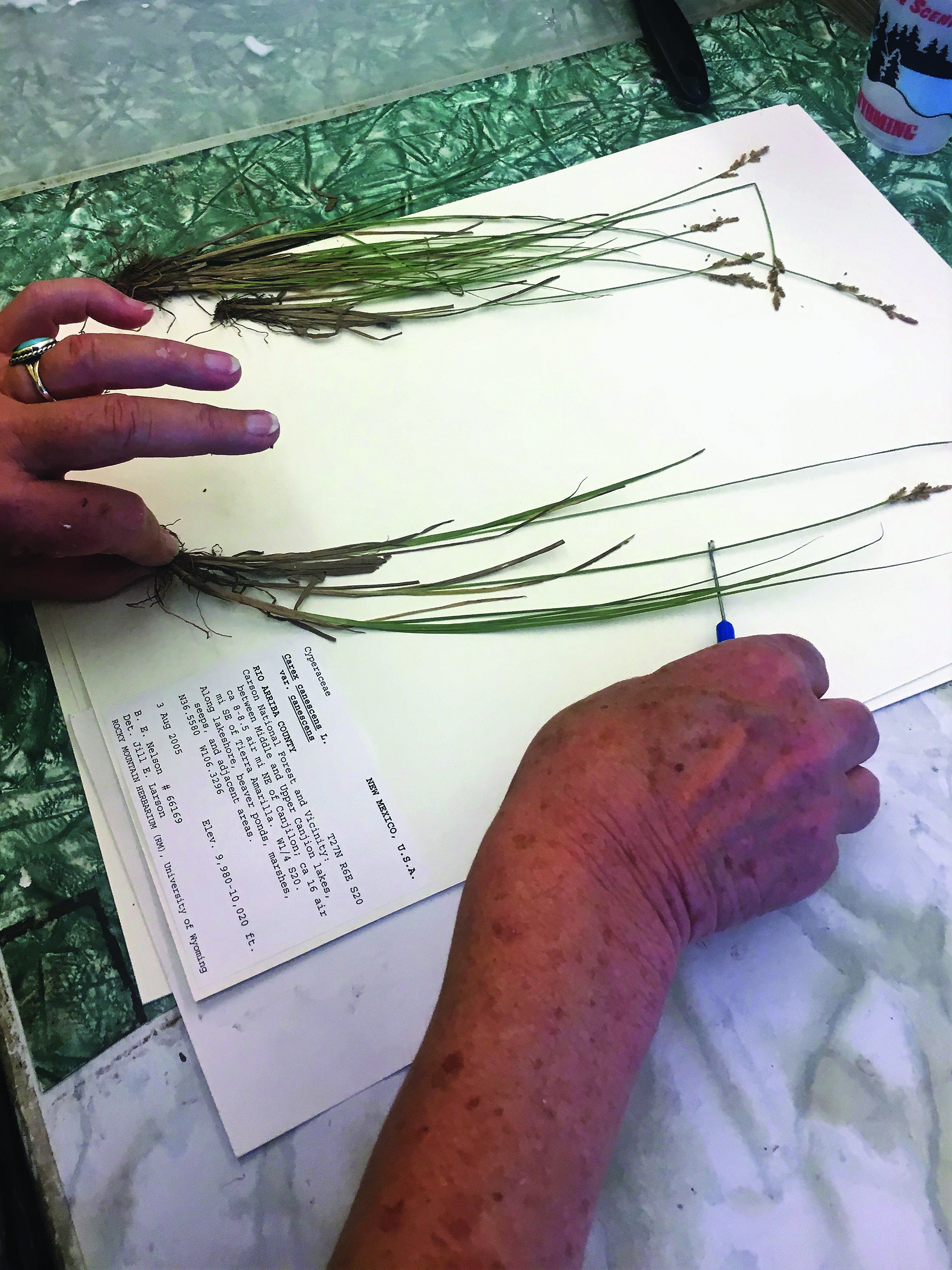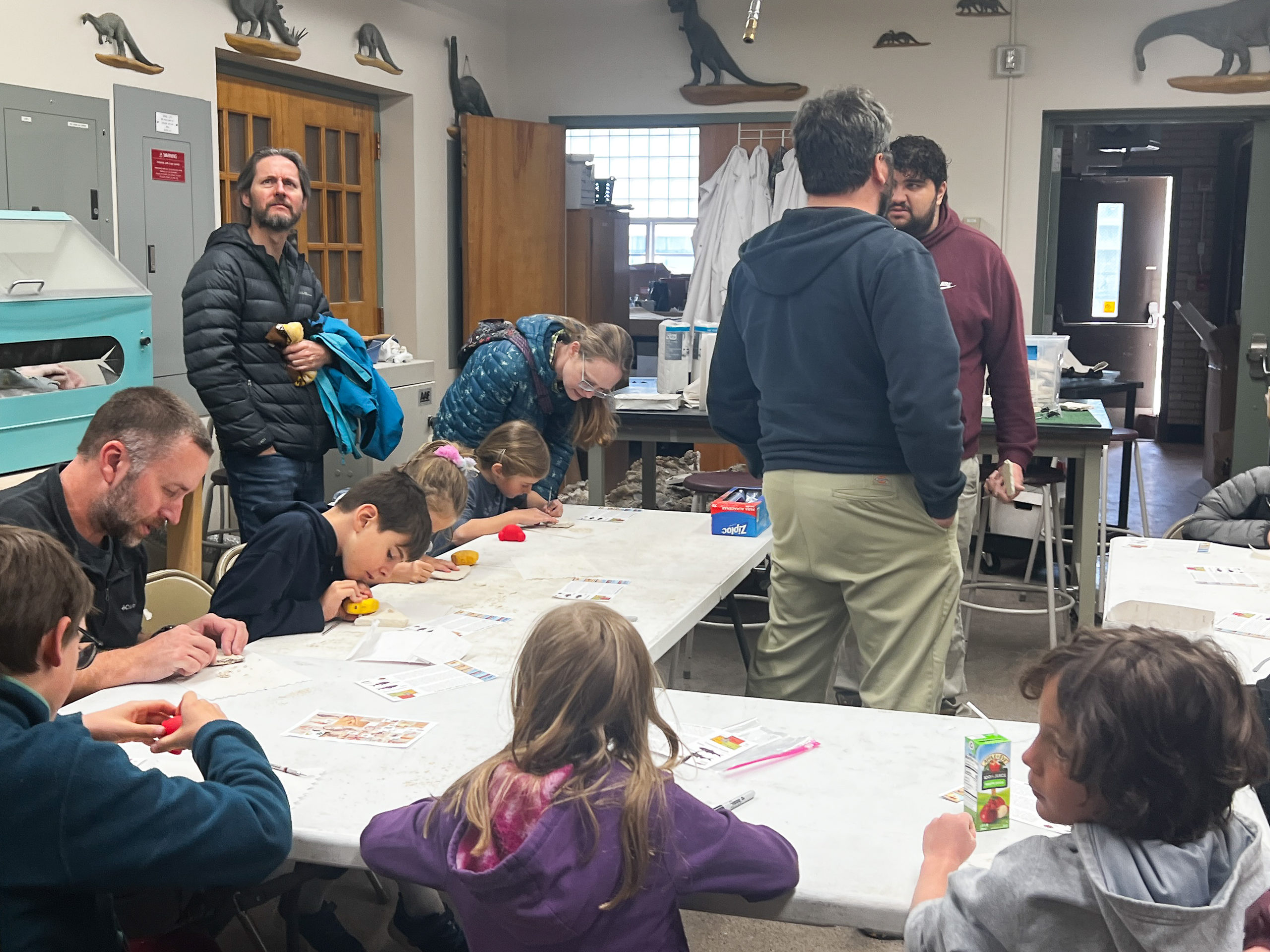The Rocky Mountain Herbarium is an archive of plant specimens, ranging from dandelions collected in Russia to Timber Milkvetch (a perennial grass) collected in Park County, Wyoming, with one plant specimen dating back to 1873. Rocky Mountain Herbarium is funded by the National Science Foundation funded to digitalize plant specimens into an online database with a grant of roughly two million dollars.
In terms of the collection size, Rocky Mountain Herbarium is the third largest public university herbarium in the United States, third only behind the University of California Berkeley and the University of Michigan.
The Rocky Mountain Herbarium’s focus lies on plants from the Rocky Mountain region and surrounding areas.
“We’re collecting in a region that is defined as the southern Rocky Mountain region, which includes the southern part of Wyoming, Colorado, part of northern New Mexico, but it also extends to the east and into the west a little bit too, actually goes into a part of Kansas,” director of the Rocky Mountain Herbarium Dr. Gregory Brown said.
Rocky Mountain Herbarium Curator Burrell “Ernie” Nelson emphasized that there were more states involved than only the Rocky Mountain region. “[The region also includes] Kansas, Nebraska, and Texas, and Oklahoma,” Nelson said.
Digitalizing the plant data requires certain details to be put into the database. On the physical copies of the plant specimens, they have labels with the name of the specimen, the name of the collector, the location of where the plant was found and an identification number.
All of this information must be put into the database. A barcode label is added to the physical copies, so that scanning and uploading the data is easier.
“[We are] Taking unmounted material, mounting, barcoding, scanning the barcode and then photographing,” Brown said. “It’s all organized in a pretty systematic manner.”
The Rocky Mountain Herbarium has put in a lot of work since the beginning of the fall semester for this project. There is a variety of people involved, such as numerous volunteers, six University of Wyoming students, one part-time individual and four work-study individuals.
“Some of the volunteers like doing this sort of work, the digitizing part of it,” Brown said. “This was two weeks ago, we had 19 individuals working on some aspect of the project.”
The digitalization project of plant specimens will allow for greater ease of access to the public and will help create limitless possibilities of botany-related or other scientific projects.
“People now, because of computers, can start to examine and actually download the data here and they’re developing algorithms to do all sorts of things that I can’t even project,” Brown said. “For instance, I think they’ll be able to use this new database to model where rare plants should be looked for, based on the habitat information that we have on maybe two or three specimens from the Rocky Mountain region, they can model what the habitat looks like for that particular species and then send out collectors and make habitat profiles of that area and really look.”



